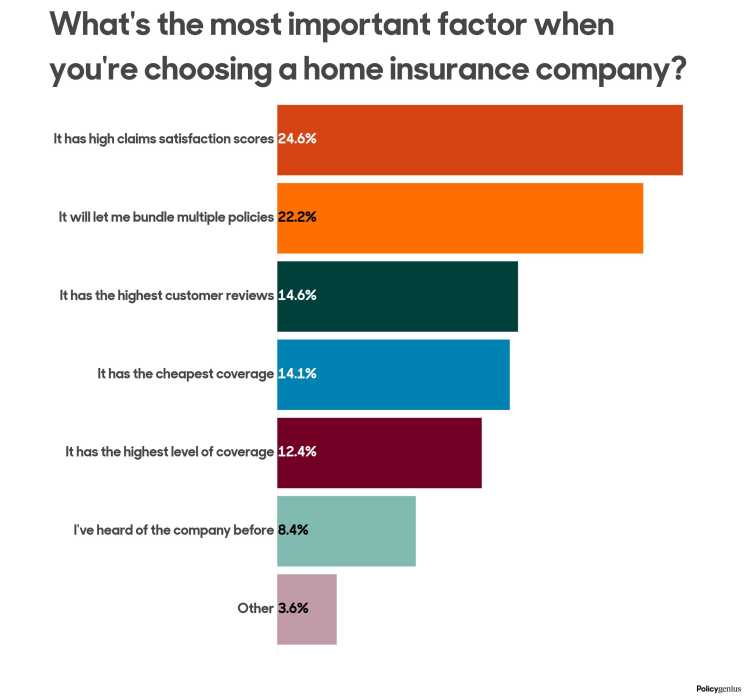
You have many options when it comes to offering health insurance for your employees. There are many coverage options, including basic and additional life insurance as well as HRAs (health reimbursement agreements). It is very expensive to get health insurance for employees. Make sure you weigh the benefits and costs before making a decision. Then you can choose the best plan to meet your budget and requirements. Continue reading for more information about health insurance that employees can take.
Employees have the option of health insurance
Employee health insurance is a form of group insurance. Employers purchase it for their employees. These plans provide affordable coverage for employees as well as their families. The costs of employee health insurance plans are lower because the risk is spread among a large group. They offer additional benefits to employees' immediate families.
Employers should consider what benefits their employees want when selecting an employee-health insurance plan. They might be more interested in providing coverage for critical illness, accident insurance, and mental health benefits. Many of these plans have limits that restrict employees from fully using their benefits.

Life insurance for employees
Employers in schools and government agencies can get basic life insurance as well AD&D insurance coverage for up to $50,000. To sign up, employees must fill out an enrollment form. It also gives the employee the opportunity to designate beneficiaries and make changes. Additional $0.63 per month may be paid by employees to purchase basic insurance for spouses and dependent children.
Employee life insurance is a great addition to any employee benefits package. These policies give employees the ability to customize their coverage according to their requirements and are frequently updated to reflect changing needs. They can also easily be paid for via payroll deduction.
Health reimbursement arrangements
Group health plans must have the same requirements for health reimbursement arrangements (HRAs). For example, HRAs must not impose annual dollar limits on EHBs and must cover preventive services without cost-sharing. HRAs not built to meet these requirements must be integrated with group-health plans.
While HRAs may not be the best solution for all employers, they do offer some benefits that can help reduce the costs of health care. Recent rules have made HRAs more flexible, allowing employers to offer HRAs with "exceptional benefit" as an addition to their group health plans. These HRAs can cover copays, deductibles, and other expenses not covered by the primary plan.

Costs of health insurance for employees
Your employees will be happy and healthy if you offer them health insurance. It can also save you money on taxes. The cost of offering health insurance depends on the type of coverage and the number of employees. Because small businesses don't have the same purchasing power as larger businesses, they often pay more to cover their employees' health insurance. Small businesses often pay eight to 18% more for the same insurance policy than larger companies. Additionally, costs for providing health coverage may vary depending on which industry the business is in as well as previous claims made by employees.
Providing health insurance coverage is an increasingly popular way to attract talented employees. The cost of health insurance is an increasing concern for both small and big businesses. Health care coverage can also include premium costs such as copays, prescription medication, deductibles and a high cost of premiums. Many small- and medium-sized business owners now offer telemedicine as well as retail health care services.